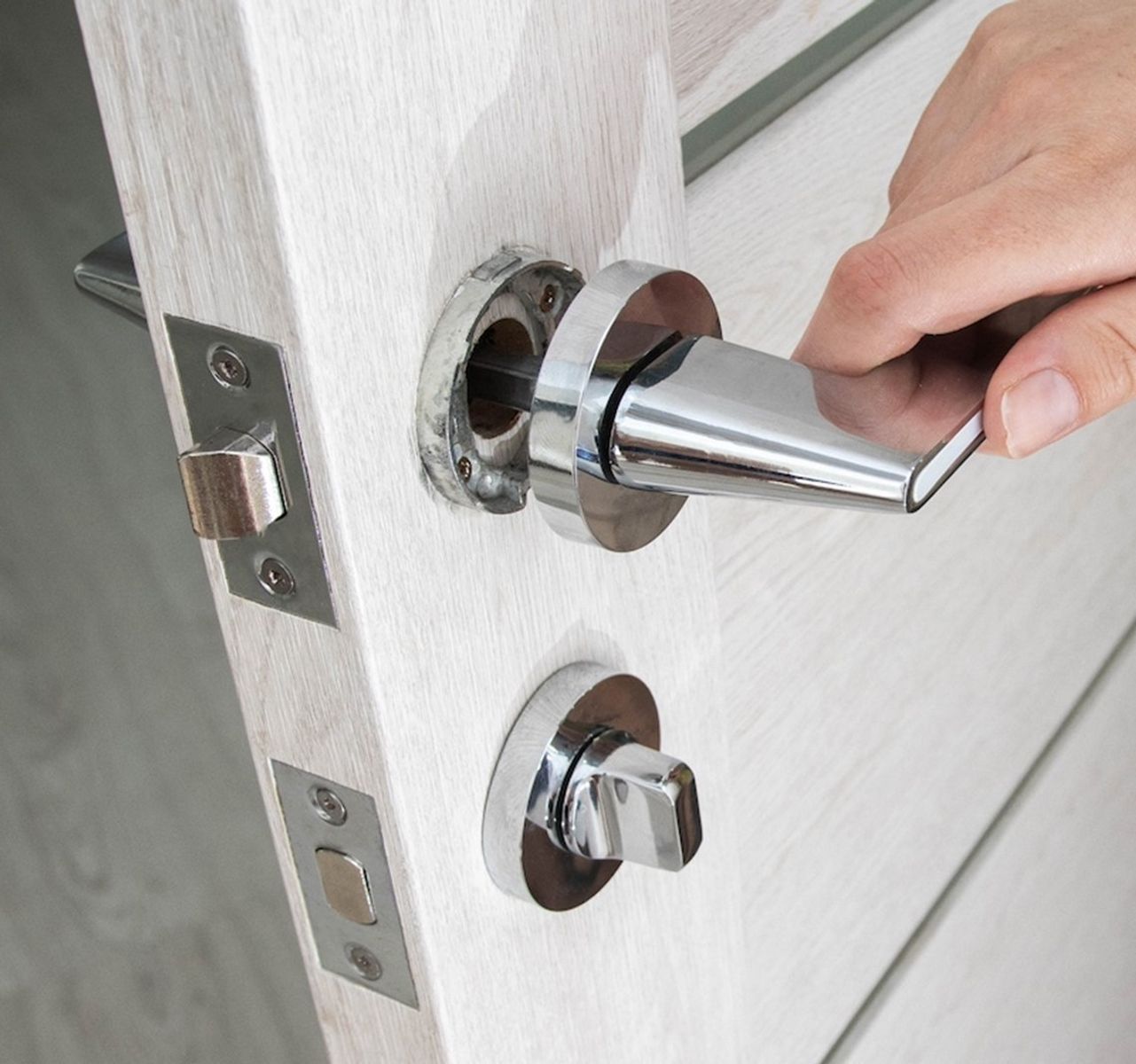
In Australia and New Zealand, legislation recognises fair wear and tear, acknowledging that rental properties cannot remain in their initial condition indefinitely. Examples include fading carpets, paint wear, and loose door handles. These are expected results of everyday living and should be accounted for by landlords when considering maintenance and property updates.
Conversely, damage caused by negligence, carelessness, or intentional acts by the tenant—such as stained carpets, unauthorised paint jobs, or broken windows—exceeds fair wear and tear and may warrant deductions from the security deposit.
Landlords or their property managers should conduct regular inspections, document property conditions at the start and end of tenancies, and communicate maintenance responsibilities clearly to tenants. This approach ensures both parties have clear expectations and contributes to a straightforward process for addressing wear and tear versus damage.
Understanding fair wear and tear is fundamental for landlords to manage their properties effectively, ensuring both the preservation of their investment and the satisfaction of their tenants.
Key to our strategy is routine inspections and good communication, so you’re not in for any major surprises.
-
5 days agoRenovating Rental Properties: Balancing ROI and Vacancy Rates
-
26 days agoUnit Rents Now Rising Faster Than House Rents
-
about 1 month agoEasy Solutions for Maintenance Challenges
